Faith communities have great potential to act as a force for urban sustainability—urbanists need to engage with them.
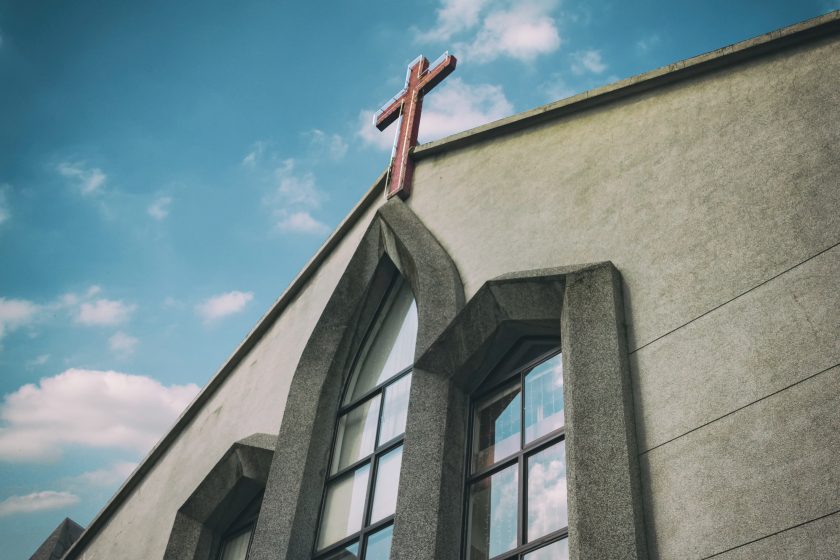
First, how compatible are religious beliefs with visions of ecological flourishing? A common (if antiquated) view is that religion—particularly monothetistic faiths in the Judaeo-Christian tradition—are responsible for peddling an anthropocentric and exploitative paradigm that is the root cause of the environmental crisis. This view was argued 50 years ago by Lynne White in his famous essay titled “The historical roots of our ecological crisis”. While many faiths may not have been moral leaders in highlighting humanity’s unsustainable exploitation of resources since the industrial revolution, the rise of environmentalism has caused religious scholars to dig deeper into the teachings of their respective traditions. What has emerged is a wealth of moral resources, grounded in scripture, affirming the sacredness of nature and humanity’s responsibility to care for it. Indeed, Bill McKibbin concludes that “only our religious institutions, among the mainstream organizations of Western, Asian, and indigenous societies, can say with real conviction, and with any chance of an audience, that there is some point to life beyond accumulation”[1]. This “ecological awakening” of religious faiths can be seen in the emergence of organisations such as the Alliance for Religion and Conservation and in explicit teachings such as Pope Francis’ recent Encyclical on the environment (summarised here). The potential for religions to be allies for the environmental cause is increasingly recognised by secular conservation organisations, with the Society for Conservation Biology recently establishing a conservation and religion working group.

But how does this potential alignment between religion and conservation translate to an urban context? First, urban sacred sites (such as churchyards, mosques, cemeteries) are often rich in biodiversity and provide myriad cultural ecosystem services to urban residents. A recent study in Cape Town, South Africa, found that sacred sites functioned as places for rich and meaningful spiritual experiences, and that aesthetic appreciation was correlated with the species richness of woody plants. In many cities, parks and grounds owned by religious organisations are important green infrastructure features. This has led the Christian conservation charity A Rocha to establish a “churchyard conservation” initiative whereby churches are equipped to encourage wildlife onto their grounds.
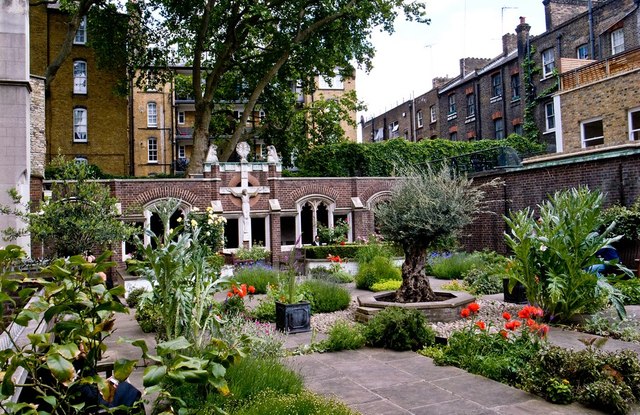
However, I suggest that religion has potential to go beyond promoting biodiversity in urban churchyards, to contribute to wholesale transformations towards sustainable and flourishing cities. I discussed in a previous blog post how connecting urban dwellers to nature might help promote sustainability. I suggest that religion might be another powerful vehicle for transformations personally and at a societal scale. In his study titled “Does religion promote environmental sustainability”, Jens Koehrsen suggested three pathways by which religion might contribute to such a shift. First, religious communities might help “materialise” sustainability aspirations through activities like the use of renewable energy or recycling consumables; second, they might campaign for change in the public sphere; and third, they might contribute to the dissemination of values and worldviews that support pro-environmental attitudes and actions. Although Koehnsen did not find strong support for the second and third pathways in his German case studies, I believe these pathways are nonetheless useful for considering how religious organisations might feasibly contribute to sustainable cities.
These categories align well with the notion of “leverage points” for sustainability transformation, which my coauthors from Leuphana University Lueneburg and I have written about recently. Leverage points are places within or attributes of complex systems (e.g. cities) at which interventions can be targeted. These leverage points include parameters (attributes such as amount of green space or amount of energy consumed), structures (the arrangement and behaviour of infrastructures, actors, institutions, etc.) and goals/paradigms (the underlying drivers of system behaviour such as efficiency, growth, well-being). I would argue that religious groups and faith communities have immense potential to effect change at all these leverage points. Using Koehnsen’s examples, materialising aspirations is about parameters, and includes initiatives to promote biodiversity in churchyards. Campaigning for change is about shifting structures via political means. Disseminating values is related to the goals of the system. It is religion’s capacity to combine all three that gives religious groups so much potential. Faith communities have many members and physical assets, which can be used to promote nature. But they also are characterised by strong social capital, and typically are networked with other communities around the world and with other (religious and secular) organisations in their cities. Finally (and most importantly), they affirm values such as empathy, compassion, justice and generosity, which often radically oppose paradigms such as materialism and consumerism.
Faith-based engagement and implementation of the New Urban Agenda
The New Urban Agenda, adopted at the United Nations Conference on Housing and Sustainable Urban Development (Habitat III) in Quito in 2016, will guide international efforts concerning urbanisation for the next 20 years. One key commitment of the New Urban Agenda is to pursue
“Environmental sustainability, by promoting clean energy, sustainable use of land and resources in urban development as well as protecting ecosystems and biodiversity, including adopting healthy lifestyles in harmony with nature; promoting sustainable consumption and production patterns; building urban resilience; reducing disaster risks; and mitigating and adapting to climate change.”(14c)
To date, there has been virtually no formal engagement with the New Urban Agenda on the part of religious communities. Given the potential for religion to act as a force for sustainability in cities, there is an urgent need to engage faith communities in this pursuit. In November, this is precisely the objective of the first World Urban Campaign Faith-Based Urban Thinkers Campus: a forum to facilitate a multi-faith dialogue on the cities we need, in line with the UN New Urban Agenda.
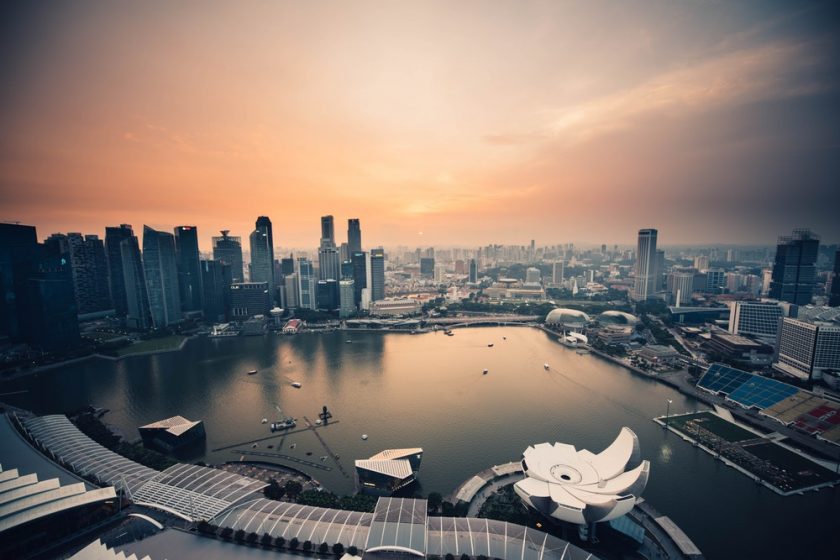
The Urban Thinkers Campus will be hosted by the World Evangelical Alliance, along with other organisations such as the Alliance of Religions and Conservation. To be held in Singapore from 13-15 November, delegates will come from around the world and represent many faith traditions. Over the course of three days, they will develop supporting statements, commitments and practical action plans for the implementation of the New Urban Agenda. There will be a focus on how religion can help enable Sustainable Development Goal (SDG) 11 (sustainable and resilient cities), and how this relates to other SDGs such as eradicating poverty, enhancing health and wellbeing, and working for peace and justice. This meeting is an exciting first step in engaging the potential of religious communities in urban sustainability. Once activated, their contribution has potential to transform the future of urbanisation and embed ecological and spiritual values of nature firmly within cities.
Chris Ives
Nottingham
References
[1] McKibbin, “Introduction”, Daedalus 130(4): 1 [1] Tucker and Grim. (2001). Introduction: The Emerging Alliance of World Religions and Ecology, Daedalus 130(4):1.



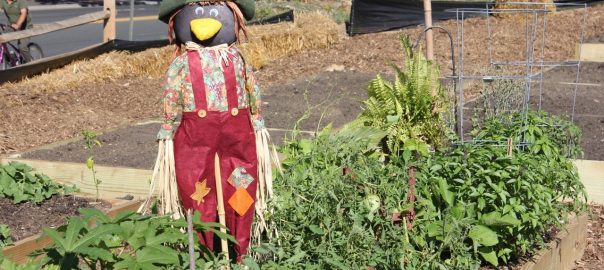
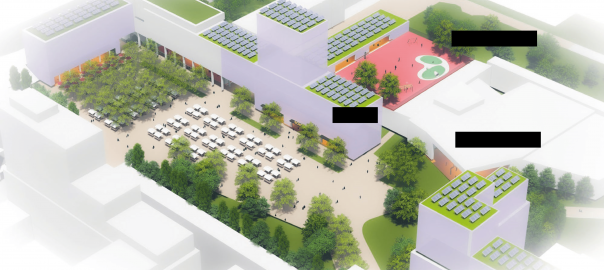

Leave a Reply